Trump tariffs hit S’pore, may threaten jobs after crashing local exports to lowest level in 6 yrs
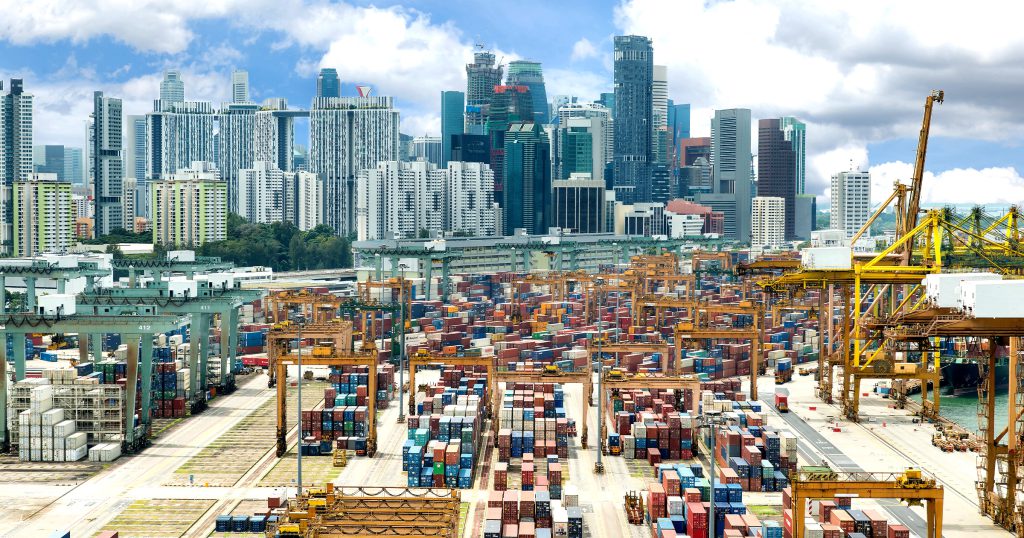
Disclaimer: Any opinions expressed below belong solely to the author. Data comes from the latest government sources in Singapore and the USA. The United States Census Bureau has updated its trade figures for June 2025, completing the data for the second quarter of 2025, showing a 18.69% for Singapore exports to the US since Donald […]
“Quite disappointed”: Consumers speak out on recent S’pore telco mergers
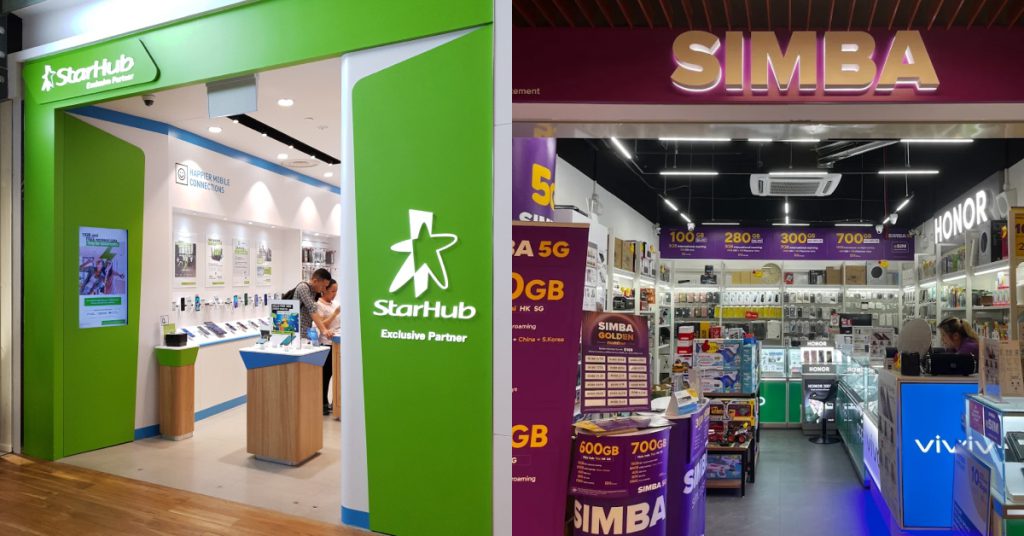
On Aug 11, Keppel announced the impending acquisition of M1 telco by Australian-owned Simba. Then, one day later, Starhub revealed its successful buy-out of MyRepublic’s broadband arm. As a result of these consolidations, consumers may be anticipating changes in each telco’s offerings and pricing strategies. To understand user sentiments, Vulcan Post reached out to existing […]
After 2 rounds of layoffs in 2024, Ninja Van axes another 12% of its S’pore employees
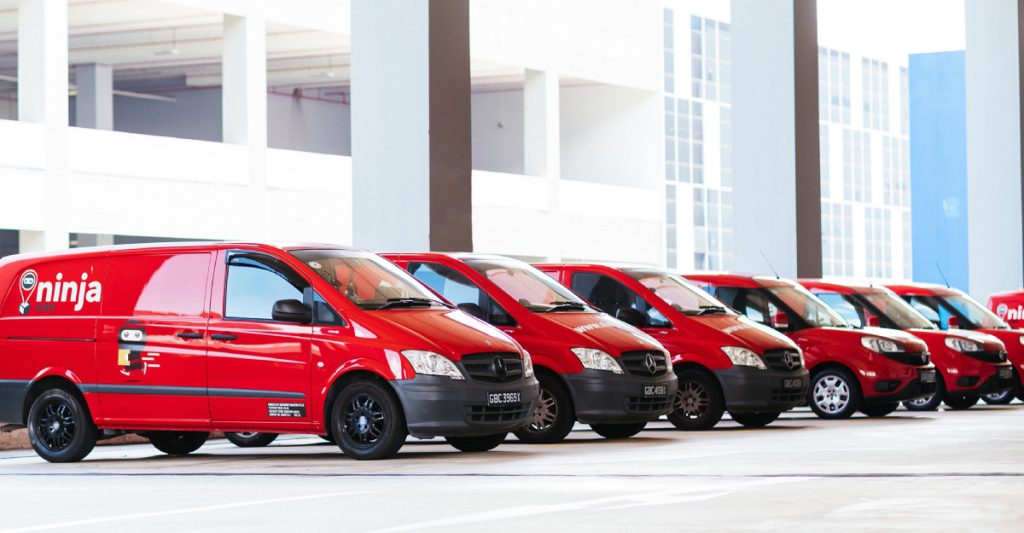
Logistics provider Ninja Van has laid off about 12% of its Singapore workforce yesterday (August 12) in its latest round of job cuts. The company previously conducted layoffs in April and July 2024, which affected both its regional tech team and Singapore-based staff. According to CNA, the retrenchments were “not made lightly” and are part […]
Sea Ltd. jumps by S$21B in a day, earning Forrest Li S$2.3B overnight on great results

For the first time ever Singapore is home to two companies worth over US$100 billion: DBS and Sea Ltd., after the latter jumped by a whopping 19% in a day, following its latest earnings report. The company market capitalisation leapt by US$16.5 billion (S$21 billion) to reach US$103 billion, trailing Singapore’s largest bank by further […]
After 17 yrs, the founders of Wa Zen finally opened a second Japanese restaurant in Melaka
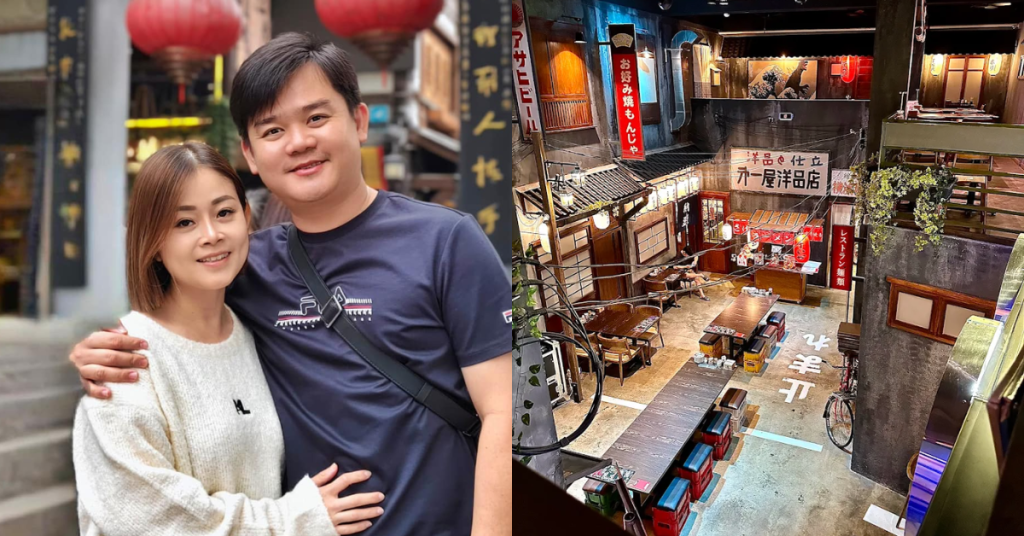
Entering Kakureru in Melaka, you’re transported to the streets of Japan. The restaurant is designed to mimic yokochos, narrow alleys packed with small, traditional Japanese pubs and restaurants. With moody lighting and swanky music, this spot can be best encapsulated as “a vibe.” The name “Kakureru” refers to “hidden” in Japanese, referring to the speakeasy […]
Motherhood struggles drove this Singaporean to start not one, but two businesses

No amount of research can ever prepare one to be a mother: a lesson that Min Qi Yeo learnt firsthand. Upon giving birth to her first child at the height of the COVID-19 pandemic, she struggled with breastfeeding and found herself feeling overwhelmed and disconnected postpartum. Determined to turn things around, Min Qi turned to […]
The Economist: Singapore is world’s richest country per person thanks to… low prices. Is it?
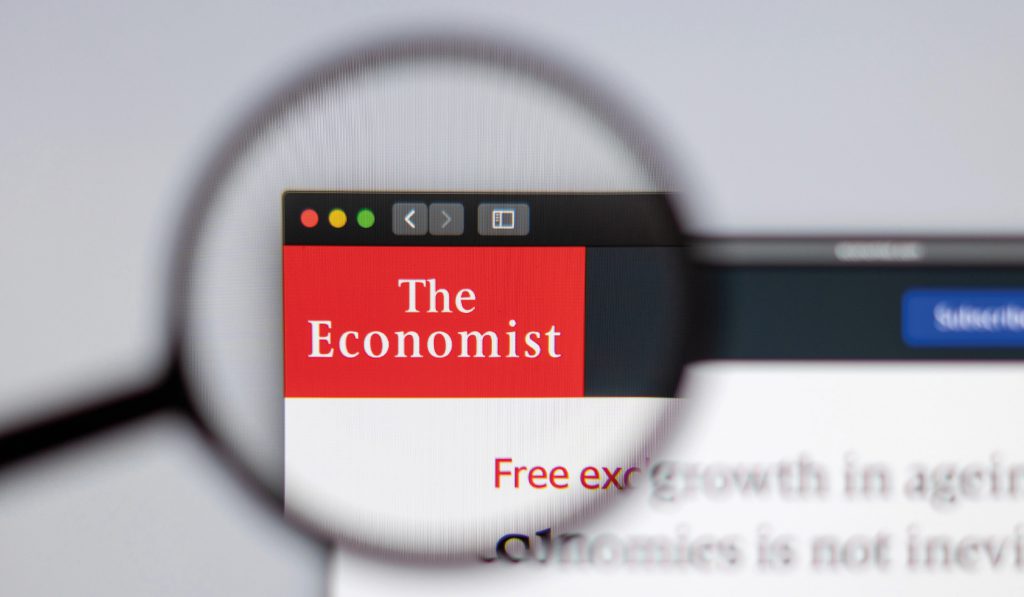
Disclaimer: Unless otherwise stated, any opinions expressed below belong solely to the author. Yesterday Singapore’s Mothership revived last month’s ranking of the “richest countries of 2025” published by the esteemed British weekly, The Economist. I have to say, I missed the original release and was curious to see what it says (unfortunately, a lot of […]
Simba to buy part of M1’s telco biz for S$1.43B, eyes 38.3% of S’pore’s postpaid mobile market
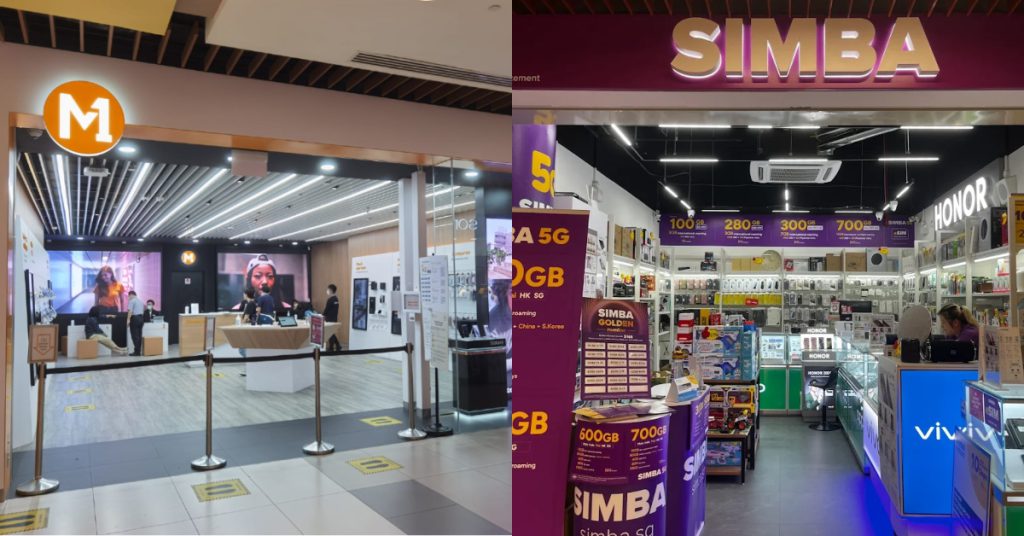
Asset manager Keppel Ltd said on Monday (Aug 11) it will sell the telecom operations of its subsidiary M1 to Simba Telecom for an enterprise value of S$1.43 billion. The transaction is expected to be completed over the next few months, subject to regulatory approval by Singapore’s Infocomm Media Development Authority (IMDA). If completed, this […]
LAN culture is not dead: Elixir Esports is breaking gaming stereotypes & rakes in S$200K/mth
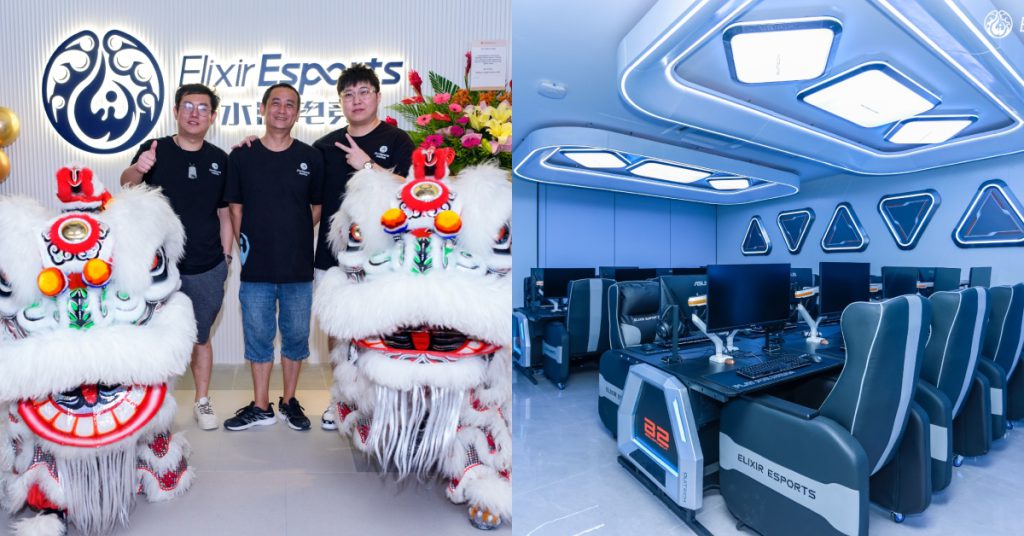
In today’s age of powerful personal computers and smart devices, LAN cafes might seem like relics of the past. But to Allen Zhao, co-founder of Elixir Esports, that perception couldn’t be further from the truth. In fact, he believes that the LAN scene in Singapore is actually thriving and more profitable than ever. Having been […]
Singapore is turning 60 tomorrow, here’s all your National Day questions—answered

Singapore’s 60th birthday is just around the corner, and as the nation gears up to celebrate, public interest in all things National Day surges. Every year, questions spike around topics like ERP charges, where to watch the fireworks, and how to redeem the NDP funpacks. We’ve got the answers to some of your burning questions […]
Singapore’s Carro is reportedly targeting a US IPO with over S$3.8 billion valuation

Singaporean company Carro, which is also Southeast Asia’s largest used-car online marketplace, is preparing for an initial public offering (IPO) in the US as early as 2026 that could raise up to US$500 million (S$642 million), according to sources familiar with the matter. The company is reportedly targeting a valuation of more than US$3 billion […]
[PART 3] Made in Singapore: 60 brands that have shaped the nation’s biz landscape
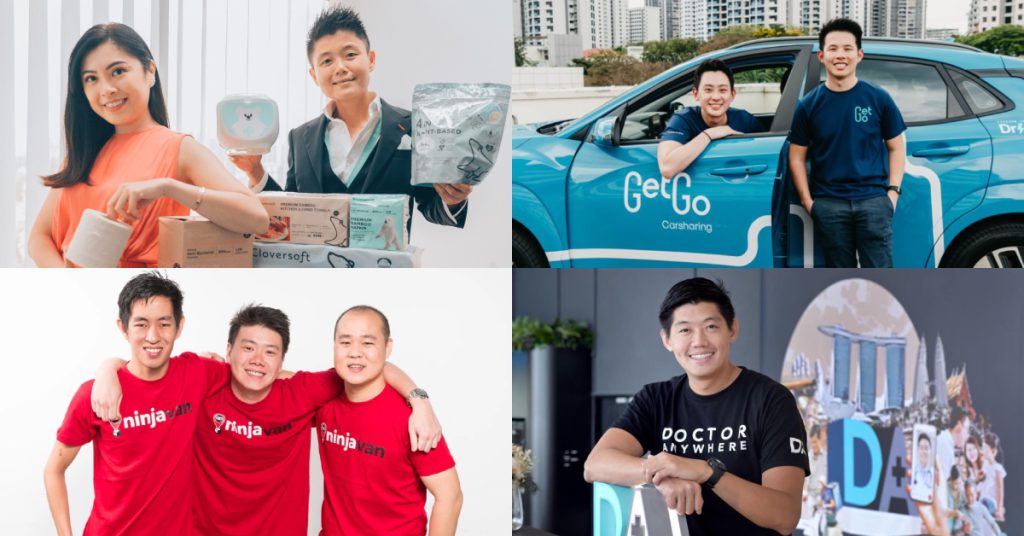
[This is the final instalment of Vulcan Post’s three-part SG60 series, where we shine the spotlight on 60 homegrown businesses that have shaped Singapore. You can read the previous instalment here.] Over the decades, Singapore has been shaped not only by its people but also by the brands they’ve built. These homegrown businesses tell stories of […]
[PART 2] Made in Singapore: 60 brands that have shaped the nation’s biz landscape
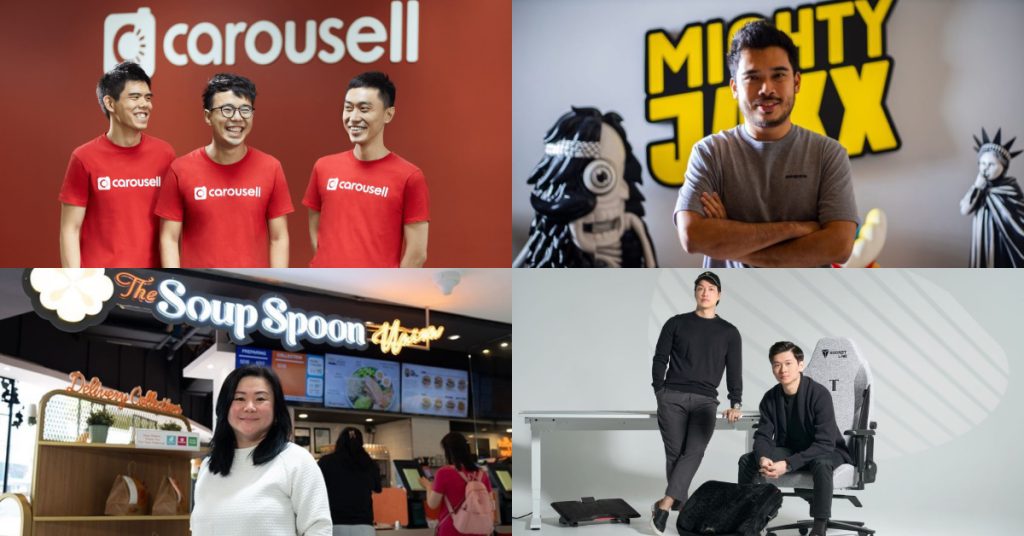
[This is the second instalment of Vulcan Post’s three-part SG60 series, where we shine the spotlight on 60 homegrown businesses that have shaped Singapore. You can read the first part here.] In celebration of Singapore’s 60th birthday, we continue our SG60 series spotlighting 60 homegrown businesses that have helped shape the nation’s economic landscape. From iconic names […]
Overpriced & missing the point: Singapore’s clubbing scene is not dead, it just lost its soul
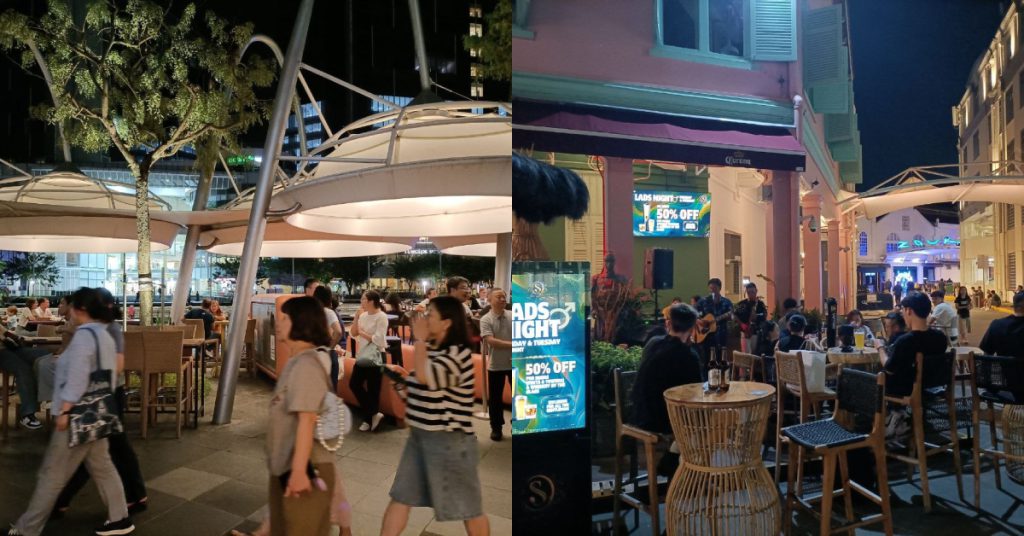
Since the start of the year, several news headlines have painted a dying nightlife scene in Singapore. Operators are struggling to stay afloat, as evidenced by the shocking closures of Holland Village’s longtime tenant Wala Wala Cafe Bar and private members club 1880 (though it has announced a reopening this month). I’m not a hardcore […]
If you eat when you’re stressed, you should read this article
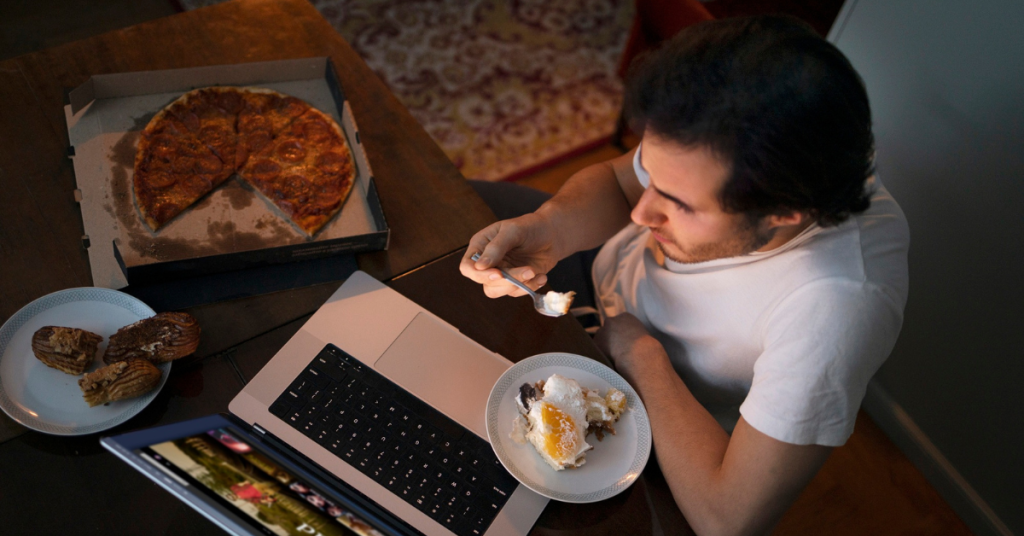
[Written in partnership with RENN Asia Wellness, but the editorial team had full control over the content.] Disclaimer: This article is for educational and informational purposes only. It is not intended to be a substitute for medical advice. I’ll be the first to admit that I’m a bit of a foodie. While my love for food […]
This young baker ditched her PR job to fulfil her childhood dream of baking bomboloni donuts
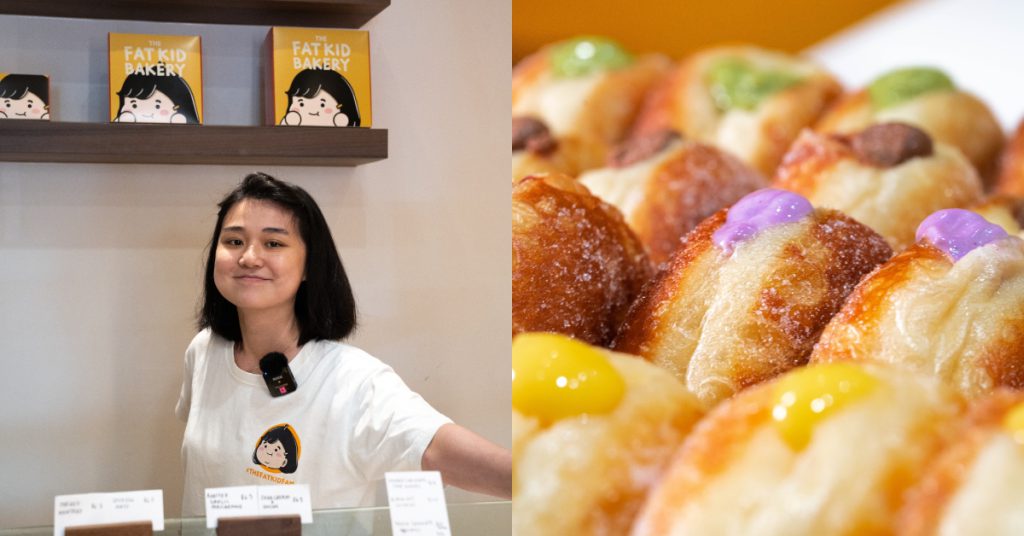
Ariel Tang had always loved baking, first picking it up for fun when she was just 14 years old. That early hobby soon blossomed into something more—she later pursued a diploma in culinary science, even selling cupcakes and brownies during festive seasons like Chinese New Year and Christmas. After completing her diploma, Ariel spent two […]
They became entrepreneurs by necessity, now they run a coworking playground in KL

Gen, the founder of Petit Parc in Pavilion Damansara Heights, never quite intended to be an entrepreneur. Born in Malaysia, he spent bits of his childhood in Brunei Darussalam before moving to Australia, where he stayed until the completion of university. From then on, he continued to move between Malaysian and Brunei for work, but […]
This 25 Y/O S’porean 3D prints fidget toys inspired by local snacks—sold 15K+ units 4 mths in

Food is an obsession in Singapore, and eating is a national pastime. So it’s no surprise that when it comes to gifting, the go-to answer is almost always edible: kaya jam, bakkwa, or a box of pineapple tarts. But 25-year-old Gabriel Khoo saw an opportunity to offer something different, a souvenir that wasn’t perishable, yet […]
SOF-Peter Lim Scholarship marks 15 yrs with over S$12.61M awarded to S’porean young athletes

On Tuesday (August 1), the Singapore Olympic Foundation (SOF)-Peter Lim Scholarship marked its 15th anniversary, having disbursed more than S$12.61 million to support aspiring athletes over the years. The scholarship was first introduced in 2010 when a Singaporean tycoon and philanthropist, Peter Lim, donated S$10 million to help promising athletes pursue their sporting dreams without […]
Meet the couple who whipped up S’pore’s 1st chia seed pudding biz that went viral
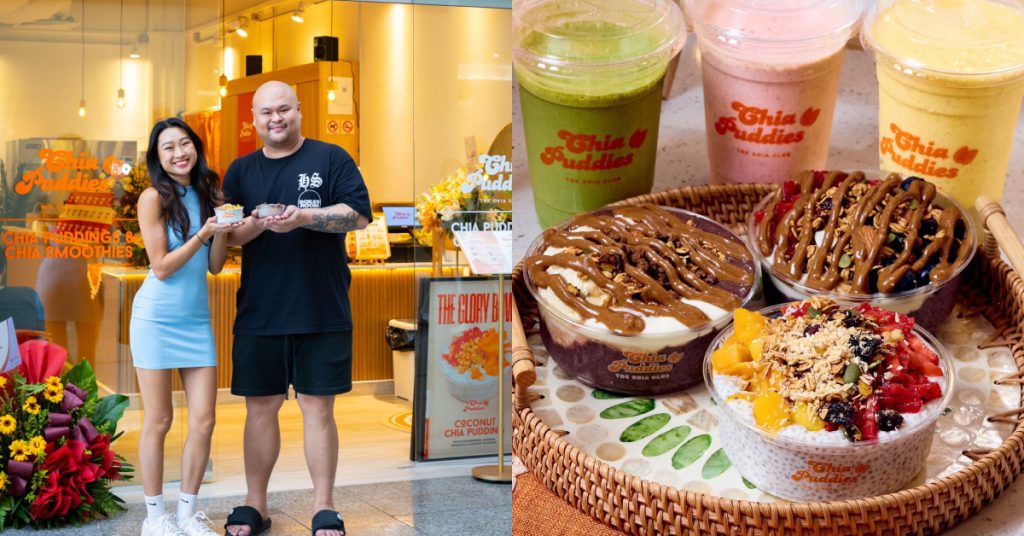
Unpopular opinion, but I’ve never gotten into the superfood and acai bowl hype. I know that it’s supposed to be good for me, but it often tastes plain and is a little pricey for a snack that’s supposed to satisfy my cravings. So when I came across Chia Puddies, Singapore’s first and only chia seed […]
S’pore’s BlueSG to stop all current operations for “major upgrade” with some staff laid off
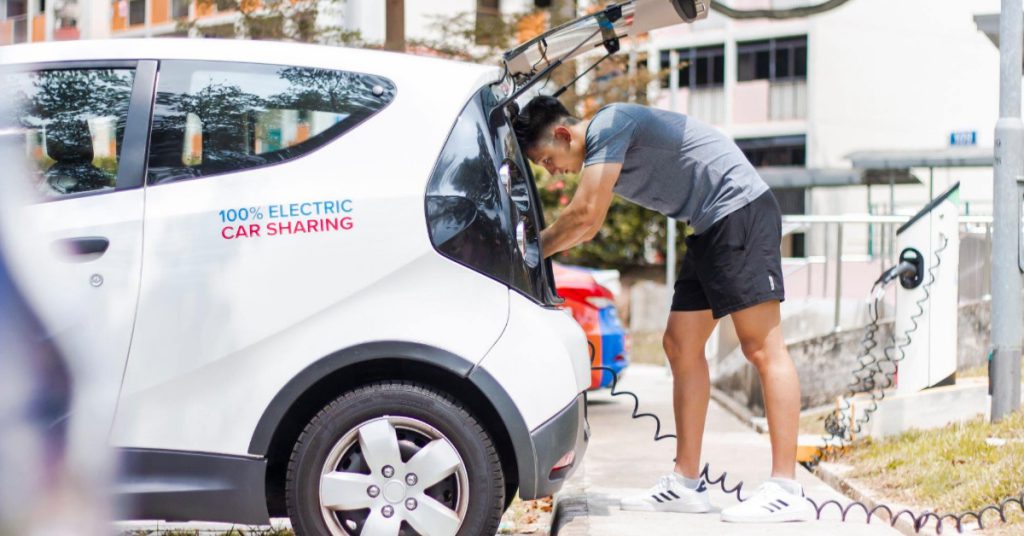
Editor’s note: This article has been updated following BlueSG’s layoff announcement yesterday evening. Singapore electric car-sharing company BlueSG announced it will cease its current operations on August 8 at 11:59 pm, as part of plans for a major upgrade. In a statement on August 4, the company wrote that the pause comes ahead of a […]
[PART 1] Made in Singapore: 60 brands that have shaped the nation’s biz landscape
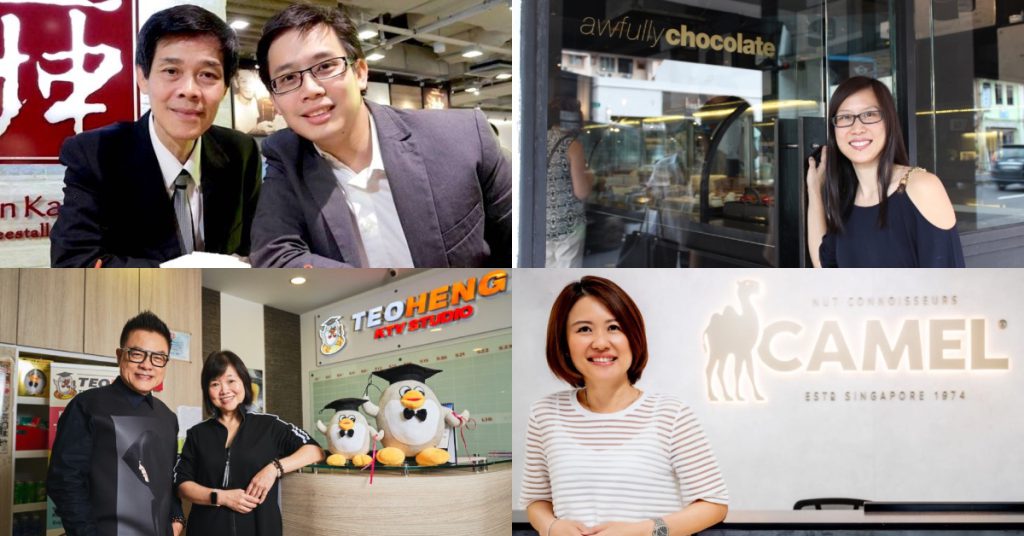
[This is the first instalment of Vulcan Post’s three-part SG60 series, where we shine the spotlight on 60 homegrown businesses that have shaped Singapore.] As Singapore celebrates its 60th year of independence, Vulcan Post is launching a special three-part SG60 series spotlighting 60 homegrown businesses that have helped shape the nation’s economic landscape. Of course, […]
How this M’sian team grew from Penang Foodie to a profitable group with 36+ media brands
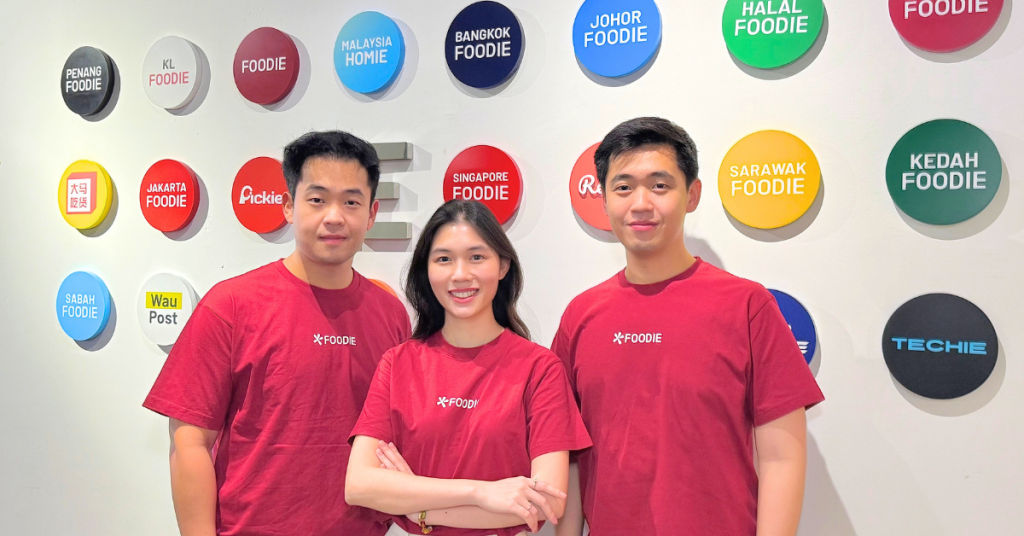
[Written in partnership with Malaysia Digital Economy Corporation (MDEC), but the editorial team had full control over the content.] Whether you realise it or not, chances are you’ve come across Foodie Media’s videos before. It’s only the company behind some of the biggest food media platforms in the country, such as KL Foodie, Johor Foodie, Halal […]
Selling granola didn’t work, so this S’porean biz pivoted to baking cookies that went viral
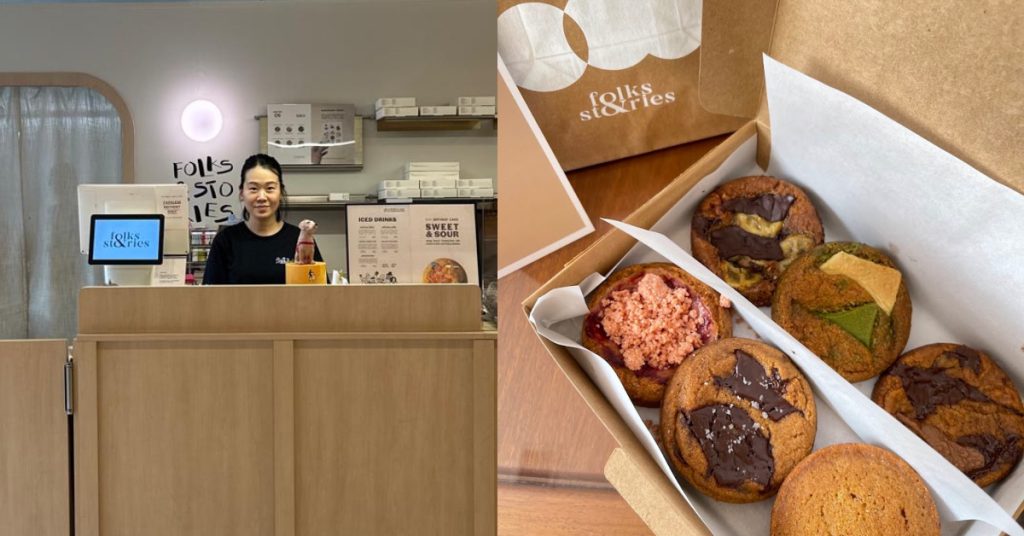
Despite scoring straight As in junior college (JC), Jody Ang wanted to take some time off before university to explore her interests. Having always been drawn to sweets and baking, she bought her first oven during the break and spent countless hours experimenting in the kitchen, soon uncovering a natural flair for it. In 2011, […]
S’pore sees higher no. of compulsory liquidations in H1 2025 as more bizs fall into debt
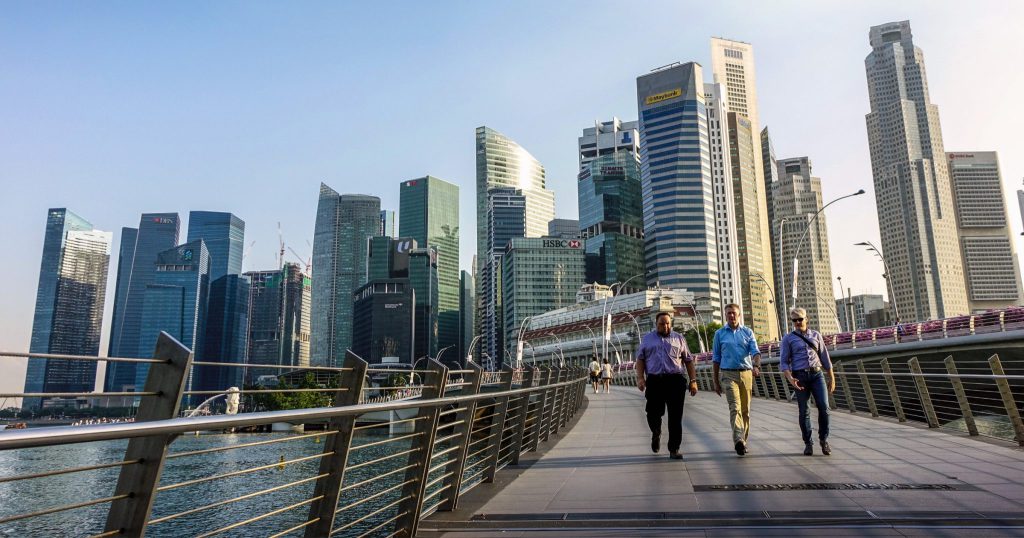
A growing number of businesses are going belly up in Singapore, with more companies going through compulsory liquidation in the first half of 2025, surpassing figures from the past five years. Compulsory liquidation is a legal process where a company is forced to wind up, usually initiated by creditors through a court order, due to […]
From pirates to vanishing islands, these 6 stories prove S’pore’s history is anything but boring
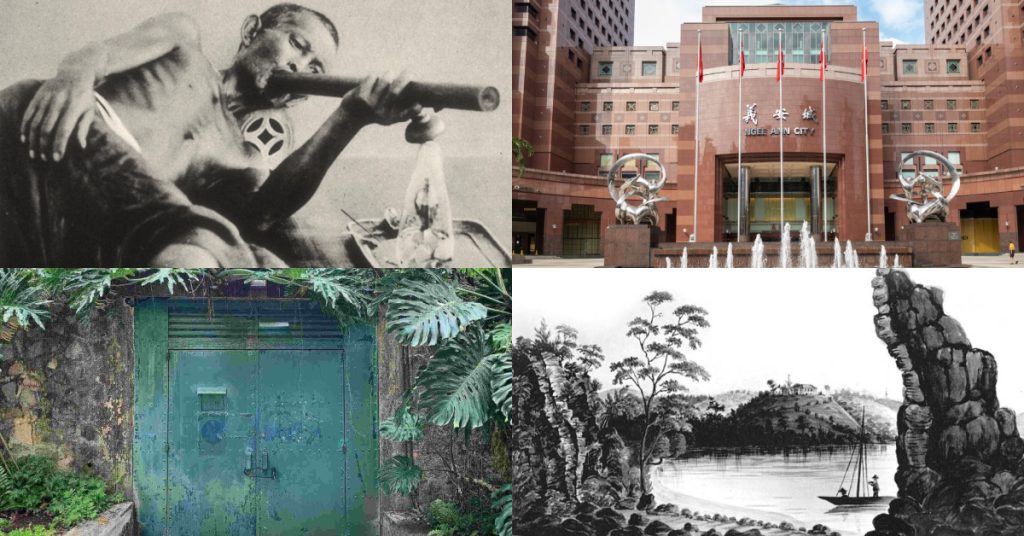
As Singapore approaches its 60th year of independence, it’s a perfect moment to look back—not just at the well-known milestones, but also the lesser-known and sometimes surprising stories from the nation’s history. Though Singapore has only been an independent nation for six decades, its rich and complex past stretches far beyond that, and it’s anything […]
This M’sian F&B group created an elevated pork-free “mookata” restaurant in Subang
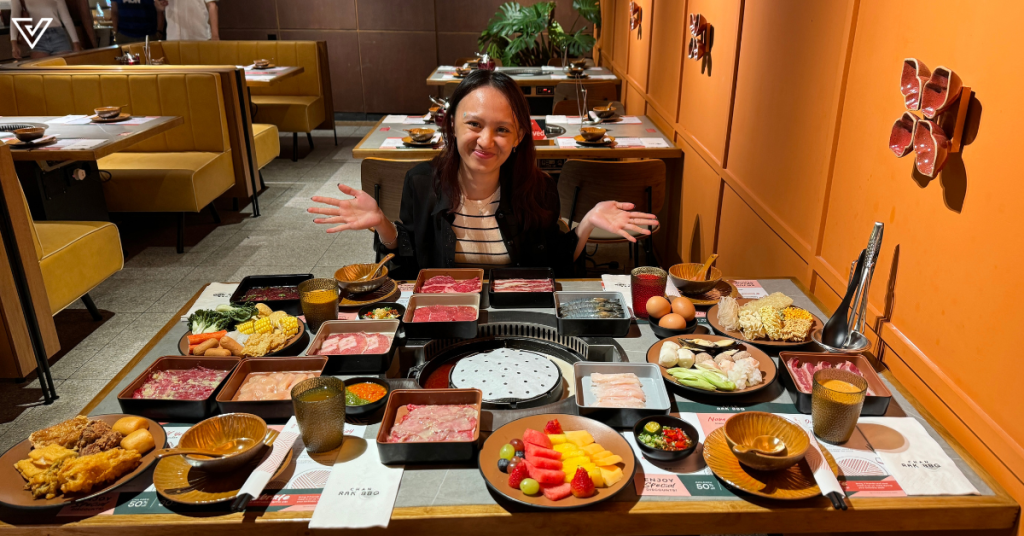
For Thai food lovers, all-you-can-eat BBQ spots are definitely the place to be. It’s affordable and delicious, what more can you ask for? However, oftentimes, these mookata places tend to be a bit more casual, making it awkward for a nicer evening out with friends or loved ones. It’s great for a night to “pig […]
“F&B is a different animal”: Eighteen Chefs founder reveals harsh truths about the industry
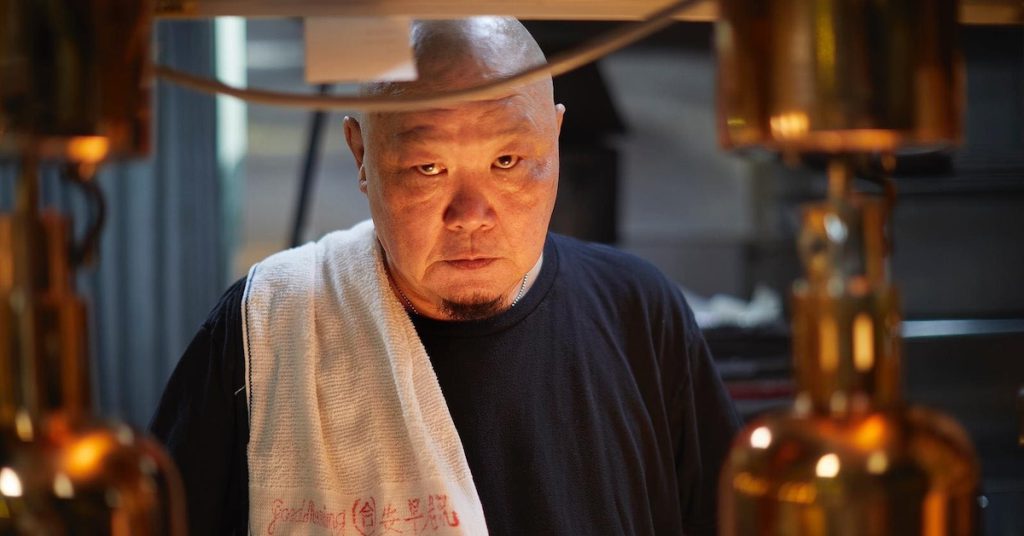
When it comes to Singaporean ex-convicts who have turned their lives around for the better, most of us would think of Benny Se Teo, the founder of the beloved F&B brand Eighteen Chefs. A former drug addict who went in and out of prison for a decade, Benny decided to quit his vices for good […]
Salaries in Singapore: MOM releases detailed data for 570 professions—36 pay S$10K or more
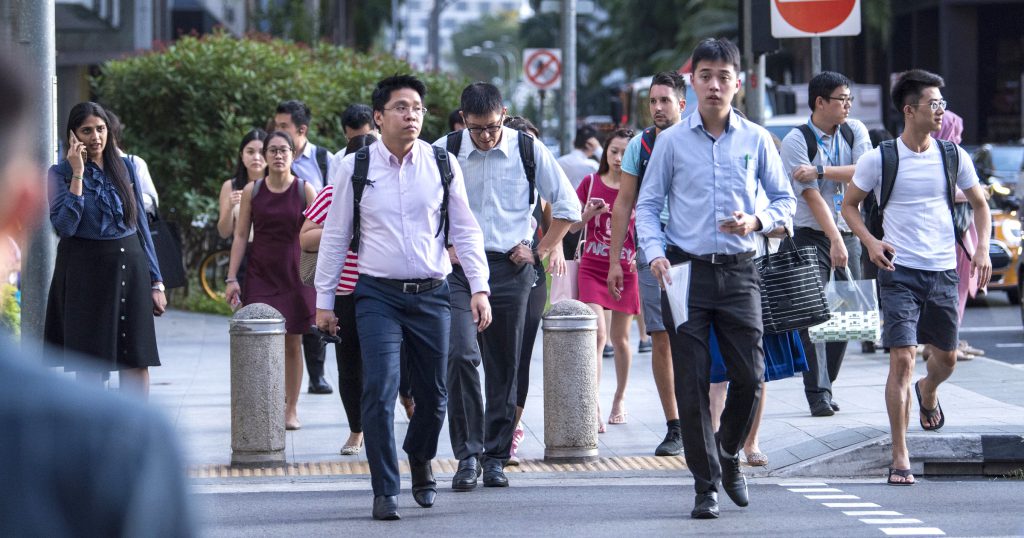
Disclaimer: Unless otherwise stated, opinions expressed below belong solely to the author. Data comes from the latest annual report on Occupational Wages published by the Singapore Ministry of Manpower. Singapore’s Ministry of Manpower has just released its annual update on median salaries, covering 570 professions across nine categories: The first three fall under the PMET […]
Once high-flyers in finance, these S’poreans’ jewellery biz is on track to millions in sales

Not many would walk away from a high-flying career, earning six figures a year. But Sheaufen Tay and Sharlyn Koh chose to take that leap. Once colleagues at KPMG, the duo decided to forge their own path, breaking into the jewellery industry. It’s a crowded space where success is far from guaranteed, but the risk […]

